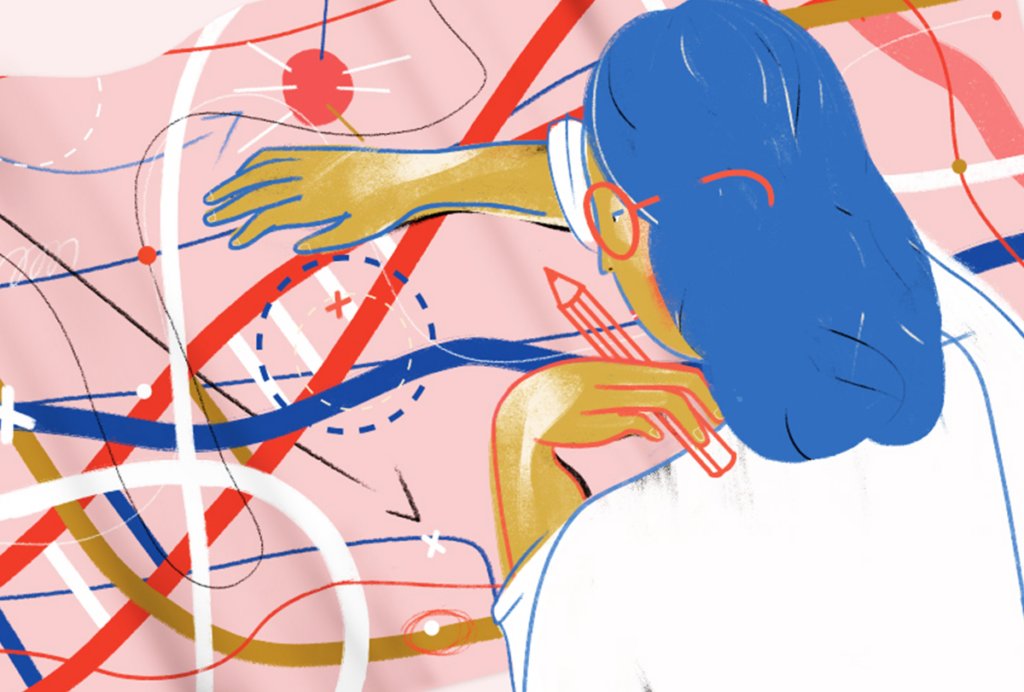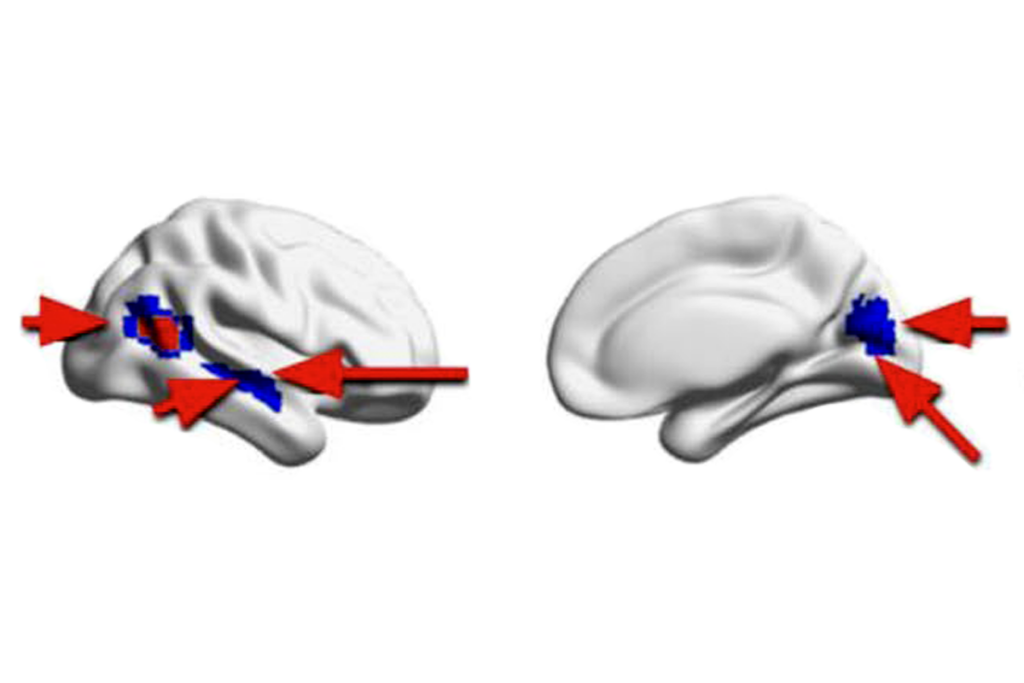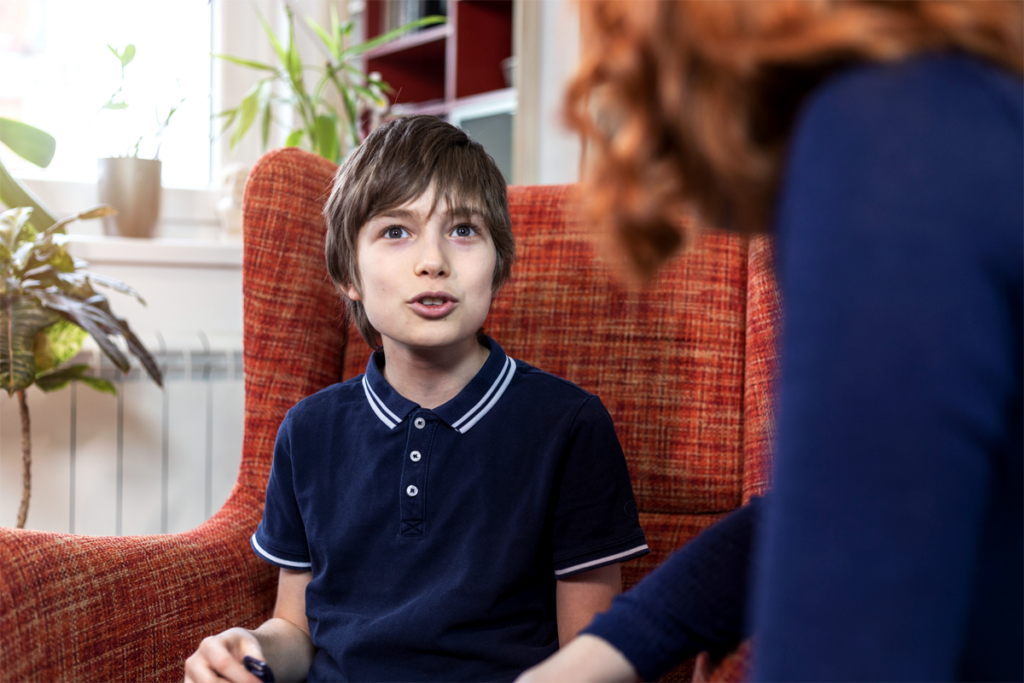Surplus of neurons spurs autism traits in mice
Fetal mice that have too many neurons grow to show social deficits and repetitive behaviors. The finding, reported 11 December in Cell Reports, debuts a mouse model of autism that’s based on a biological abnormality seen in some people with the disorder.
Fetal mice that have too many neurons grow to show social deficits and repetitive behaviors. The serendipitous finding, reported 11 December in Cell Reports, debuts a mouse model of autism that’s based on a biological abnormality seen in some people with the disorder1.
“Researchers in the field really need to have a good model they can work with,” says lead researcher Nancy Ip, professor of life science at the Hong Kong University of Science and Technology.
Ip and her team injected fetal mice with XAV939, a compound that triggers an overproduction of excitatory neurons in the front of the cortex, a brain region important for higher-order functions. As adults, the mice prefer to investigate an object rather than another mouse — a behavior reminiscent of the social deficits seen in autism. They also show repetitive behaviors, such as frequent grooming and a tendency to obsessively bury marbles in their cage.
The model also recapitulates the enlarged head size, or macrocephaly, seen in some children with autism — a feature thought by some researchers to stem from an overproduction of neurons in the cortex2.
“It teaches us so much about how sensitive and delicate brain growth before birth is, and how the timing of different events is absolutely critical,” says Janet Lainhart, professor of psychiatry at the University of Wisconsin-Madison. “A seemingly very brief insult can have cascading effects all the way down to the functioning of — in this case — the mouse.”
Fortuitous finding:
Ip and her team did not set out to create an autism model. They were following up on experiments with XAV939 that had shown lasting effects on brain signals in mice.
“You go in with an open mind and just make all these discoveries that turn out to be interesting,” says Ip.
After birth, mice treated with XAV939 have a surplus of pyramidal cells — a subtype of neurons that promote firing in the brain3. They also have abnormal dendrites, the tiny nerve branches that receive signals from other cells.
The researchers examined whether the extra neurons shift the ratio of excitatory and inhibitory signaling in the brain, an imbalance implicated in some theories of autism. They counted excitatory and inhibitory neuronal connections in postmortem brain slices from mice of various ages and measured the firing rate of neurons in the tissue.
The mice show increased excitation 18 days after birth but increased inhibition after 60 days. This shift between childhood and adulthood may give insight into autism, some experts say.
“The data indicates that there are age-related changes in the abnormal balance between excitation and inhibition,” says Eric Courchesne, professor of neurosciences at the University of California, San Diego. Courchesne was not involved in the work but led a postmortem brain study that found excess neurons in the brains of boys with autism2. “This is really interesting because there are really strong developmental changes in people with autism as they age, and they need to be explained,” he says.
It is unclear whether the autism-like traits in mice treated with XAV939 stem directly from surplus neurons in the cortex or indirectly from other factors. Some studies suggest that inflammation during this critical period of brain development may lead to autism, but the researchers found no evidence of inflammation at the injection sites.
It is also possible that the compound has off-target effects on the brain. The researchers injected the control mice with a benign compound and found no effects on brain anatomy or behavior, but some experts are unconvinced.
“If they blocked the same pathway and that led to a rescue, that would have made it really exciting,” says Ofer Yizhar, senior scientist at the Weizmann Institute of Science in Rehovot, Israel. “This is probably the most obvious experiment that people would like to do now.”
In the meantime, the researchers plan to examine the adult mice for any changes in neuronal circuits that may reveal autism’s underpinnings.
“I think a lot more work needs to be done to figure out exactly what is wrong in circuit function in this model,” says Dan Feldman, associate professor of neurobiology at the University of California, Berkeley, who was not involved in the study. “I’m just hungering for the next steps.”
References:
1: Fang W.Q. et al. Cell Rep. 9, 1635-1643 (2014) PubMed
2: Courchesne E. et al. JAMA 306, 2001-2010 (2011) PubMed
3: Fang W.Q. et al. Neuron 79, 665-679 (2013) PubMed
Recommended reading

Familiar autism-linked genes emerge from first analysis of Latin American cohort

Depression perception; MYT1L mice; brain signal variability

AI tool estimates social ability by analyzing speech
Explore more from The Transmitter

This paper changed my Life: Bill Newsome reflects on a quadrilogy of classic visual perception studies

Science must step away from nationally managed infrastructure
